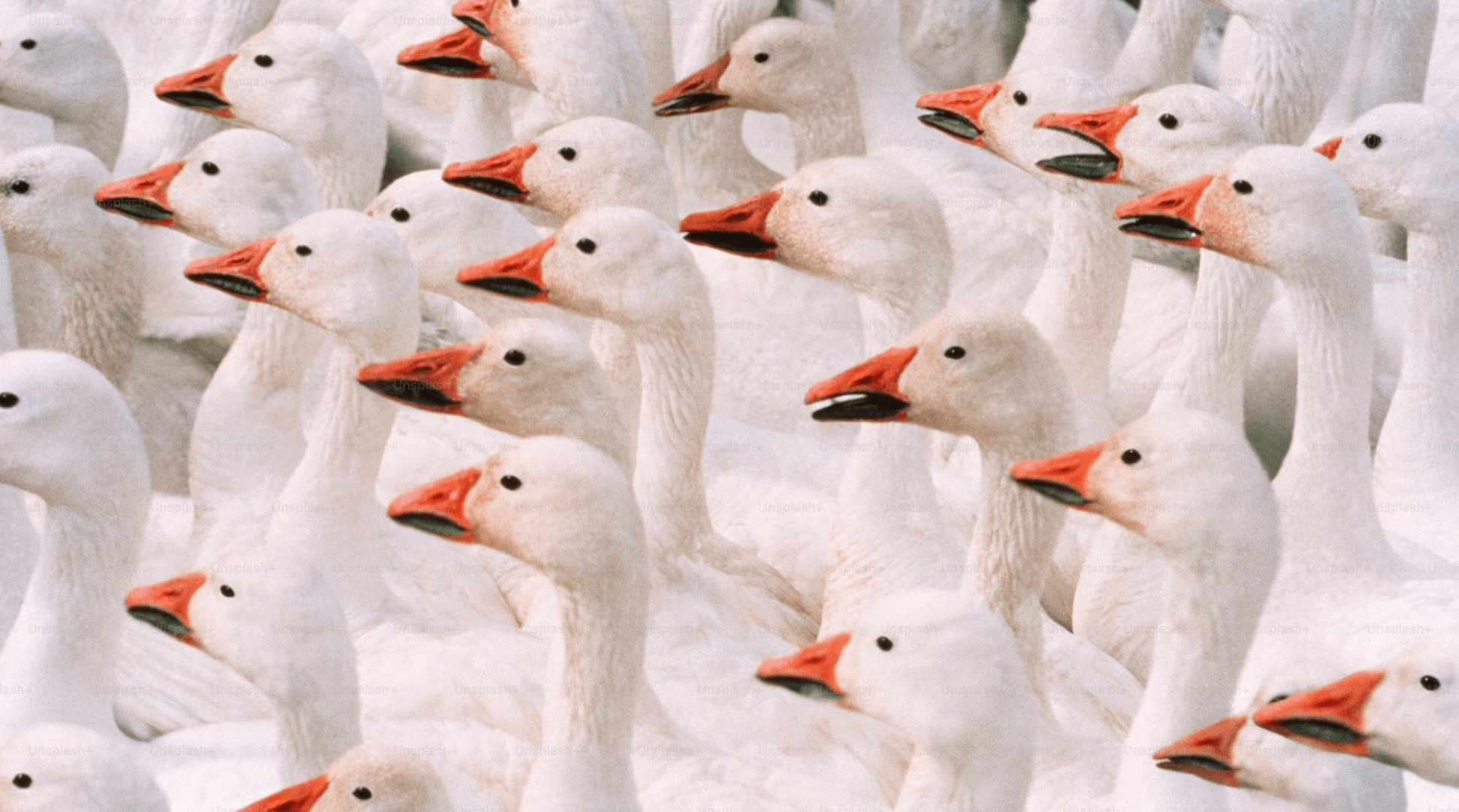You ever wonder why we get goosebumps? Well I did, once. In year 9. I had to write a speech for English and, for some reason, I chose goosebumps as my topic. So I thought, what better than to revisit old times and see if the answer to “Why do we get goosebumps?” has changed over the 5 years I’ve been at Macleans.
First of all – What are goosebumps?
Goosebumps occur when tiny involuntary muscles attached to hair follicles contract or flex. The flexing of these muscles causes small bumps to form on the skin. It also makes the hairs stand up. There are many other names for this temporary change in the skin such as: goose pimples, goose flesh, goose bumples, chill bumps, or chicken skin. I guess the similarity to bird skin is too close to ignore. Trust me, the medical terms aren’t any less weird. Cutis Anserina is the common medical term for goosebumps, cutis meaning skin and anser meaning goose. Other medical terms include horripilation, piloerection, or the pilomotor reflex.
Causes and Purpose
Animals: Cold or fear?
Generally, when your body is cold, contracting those muscles will generate heat. When the hairs on your body start to rise, the hair standing up traps a layer of air near the skin, holding onto body heat. For animals with lots of fur, it helps with conserving heat. But since we aren’t animals with huge bodies of fur, it doesn’t really help us.
Furthermore, when animals experience what we call goosebumps, they tend to look way bigger and scarier than they actually are. This can happen when they’re scared, like when a predator is approaching. What I’m trying to say is, we are the same when we’re scared. It happens because the nerves that control the muscles in this reaction are the same nerves from your sympathetic nervous system linked to your fight or flight response.
But once again, since we aren’t animals with large bodies of hair, goosebumps don’t really serve a purpose. Of course as humans have evolved, we’ve lost all this “scary-looking” hair we once had. I mean, imagine if goosebumps made us actually look like we hit the gym everyday or could help us intimidate a predator the way they do for animals. Instead, we just look like we have prickly skin when we’re cold or scared, which isn’t exactly that impressive.
Feeling emotional?
Okay, then how about when you’re feeling emotional? You’re listening to a song and suddenly you’re getting goosebumps. Well, this is because the muscles controlling goosebumps (arrector pili, which is located under the skin) get nerve signals from your sympathetic nervous system. This system receives input from many parts of the brain including those involved with motivation, arousal, and emotion. Due to this, some people may get chills when listening to beautiful music, reading poetry or listening to a particularly inspiring story or speech. These chills are also called “frissons”, which is the french word for “shiver”, not everyone experiences these frissons but those that do are potentially able to make deeper and emotional connections to music, or poetry, etc.
Random study on goosebumps in 2018
A study in 2018 conducted by Harvard University researchers Matthew Sachs and Robin Murphy showed some insight to why people experienced goosebumps during music festivals. It showed that people who got goosebumps during live entertainment were better in physical and emotional health than those that don’t—they were also found to be more sociable, forming stronger friendships and having less arguments with their friends and family.
And that those that didn’t experience goosebumps tended to have a lower positive mood score and felt less connected to people around them. But what’s weird is that these non-goosebumps participants were found to be more confident. This experiment also showed that women are more likely to experience goosebumps than men(55 percent and 46 percent respectively). Suggesting that women are able to make deeper and more emotional connections to music.
Diseases and Symptoms
So we’ve learned that goosebumps themselves are useless but can they ever be a symptom for something else? Although extremely rare, goosebumps can be a sign of a long-lasting or serious medical condition. For example, goosebumps can also be a sign of:
- Keratosis pilaris. A harmless and common skin condition that creates the look of goosebumps on the skin for long periods of time.
- Autonomic dysreflexia. An overreaction of the nervous system caused by a spinal cord injury.
- Temporal lobe epilepsy. A chronic seizure disorder.
- Chills. For example, those associated with fevers caused by influenza.
Conclusion
Researchers believe that this is just one of those “left-over” features from our evolutionary ancestors like the coccyx or tailbone, they serve no purpose at all. So I basically redid all the research I did in Year 9 to be told the same answer, however, there have been some new studies since then linking goosebumps to hair follicle regeneration. This may help us understand goosebumps better, who knows? Maybe it’ll help lead to new ways to fight baldness or improve tissue healing.
If you’d like, you can read more from these links below:
https://www.health.harvard.edu/blog/wondering-about-goosebumps-of-course-you-are-2020080320688
https://www.healthline.com/health/goosebumps-on-skin
https://health.clevelandclinic.org/why-do-you-get-goosebumps
https://www.nih.gov/news-events/nih-research-matters/what-goosebumps-are
https://www.sciencedirect.com/science/article/pii/S0301051111000093
https://mixmag.net/read/new-study-finds-that-festival-goosebumps-are-a-sign-of-good-health-news
Writer – Kelly Li
Editor – Areeba Zabrina
Artist – Stock Image
–September 2024–

